Dirty Waterways May Alter Fish Behavior
The world’s aquatic habitats are a heady brew of pollutants. An estimated 14 million tons of plastic enter the ocean as trash each year. Further inland, more than 40 percent of the world’s rivers contain a pharmacopeia from humans, including antidepressants and painkillers. Heavy metals like mercury from industrial waste can also make an appearance. And agricultural fertilizer can leach from the soil into rivers, eventually reaching the ocean.
There are an estimated 20,000 species of fish in the world — and possibly many more. They and many other organisms that live in “contaminated systems are contaminated with a cocktail of chemicals,” said Michael Bertram, a behavioral ecologist at the Swedish University of Agricultural Studies.
Bertram and other researchers are increasingly finding that these compounds may alter fish behavior. In some experiments, the pollutants appear to alter how fish socialize, either by exposing them to psychoactive drugs or by altering their natural development, which may change how they swim together and mate. Others appear to make fish take more risks which, in the wild, could increase their odds of getting unceremoniously taken out by predators.
The effects of the pollution, according to researchers working in the field, still have many unknowns. This is due in part to the vast number of variables in real ecosystems, which can limit scientists’ abilities to infer how pollutants impact fish in the wild, said Quentin Petitjean, a postdoctoral researcher in environmental sciences at Institut Sophia Agrobiotech in France, and co-author of a 2020 paper that looked at existing literature on pollution and fish behavior. “In the wild, fish and other organisms are exposed to a plethora of stressors,” he said.
Still, these altered behaviors could have big impacts, according to Bertram. Like many living things, fish are important parts of their ecosystems, and changing their behavior could hinder or alter their roles in unexpected ways. For instance one study suggests that various chemical pollutants and microplastics can impact the boldness of prey fish species. Although the authors note that this isn’t likely to lead to population collapse, these “subtle behavior modifications” could reduce fish biomass, alter their size, and ultimately harm predators as well. Just this one effect, they add, “may be a hidden mechanism behind ecosystem structure changes in both freshwater and marine ecosystems.”
But humans have a funny way of showing their appreciation. One example: People regularly flush psychoactive substances, which then find their way into aquatic ecosystems. In 2021, Bertram and a team of researchers published a paper digging into how a common antidepressant, fluoxetine, better known under the brand name Prozac, affected guppies’ propensity for shoaling, or swimming in groups. Over two years, the team exposed groups of guppies to different concentrations of fluoxetine: a low concentration (commonly seen in the wild), a high concentration (representative of an extremely contaminated ecosystem), and no fluoxetine at all.
At the high exposure concentration, the guppies appeared to be more social, spending more time shoaling. However, this was only the case in of male-female pairs, not when the fish swam solo. Previous research by Bertram and colleagues shows that the medication increases the amount of time guppy males spend pursuing females. “Being intensely courted” by males, Bertram said, the females will preferentially choose the larger school to distract them and “to avoid this incessant mating behavior.”
While drugs like Prozac are designed to change brain function, there are other, perhaps less obvious ways pollution can change behavior. For instance, pollutants may alter the microbiome, the collection of microscopic organisms like fungi and bacteria that exist on or in an organism. In humans, disruptions of microbial life have been linked to disorders such as autism spectrum disorder, dementia, or even simply cognitive impairment. Research published in 2022 suggests that fish brains may also rely on the collection of minuscule organisms.
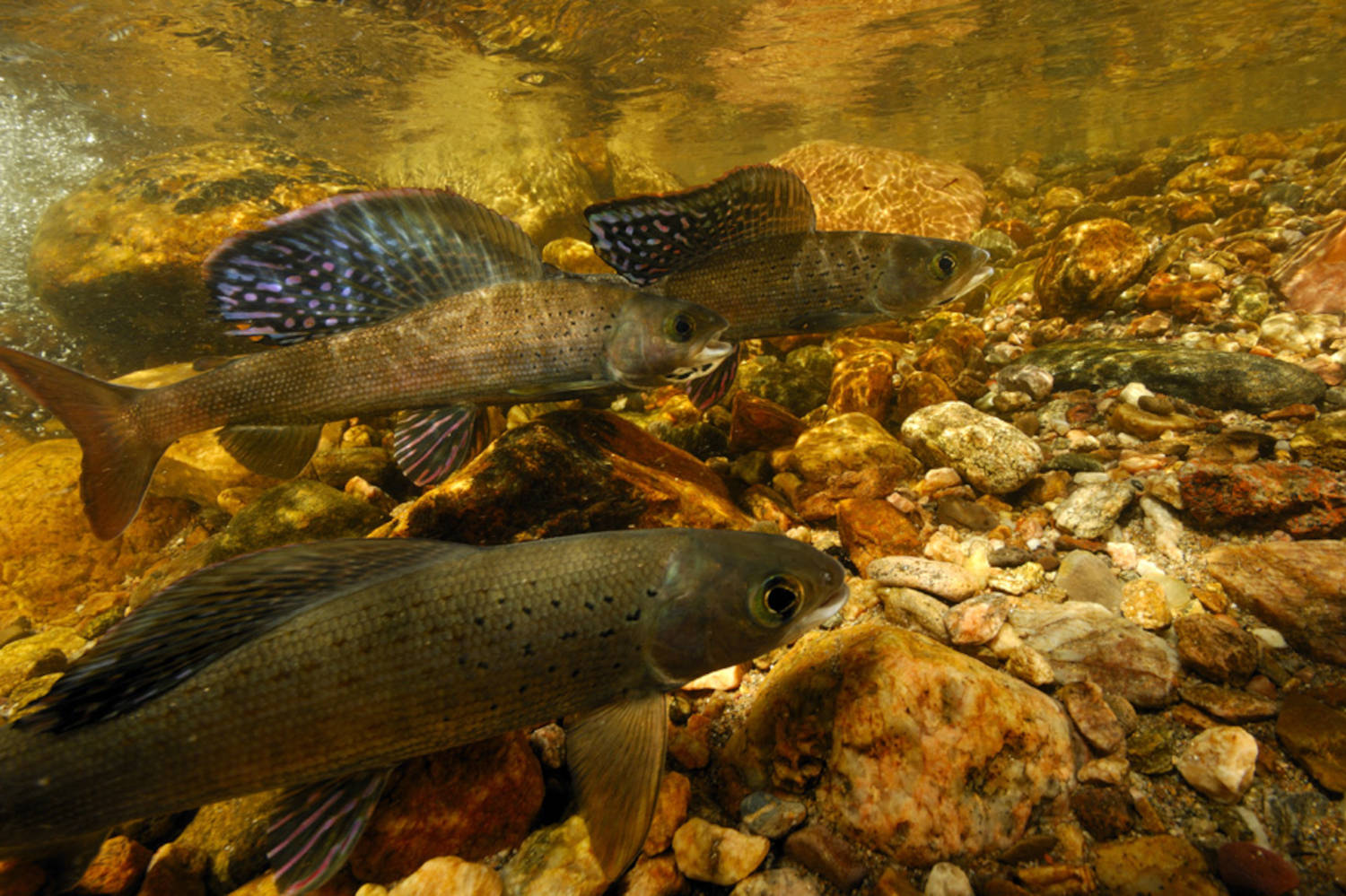
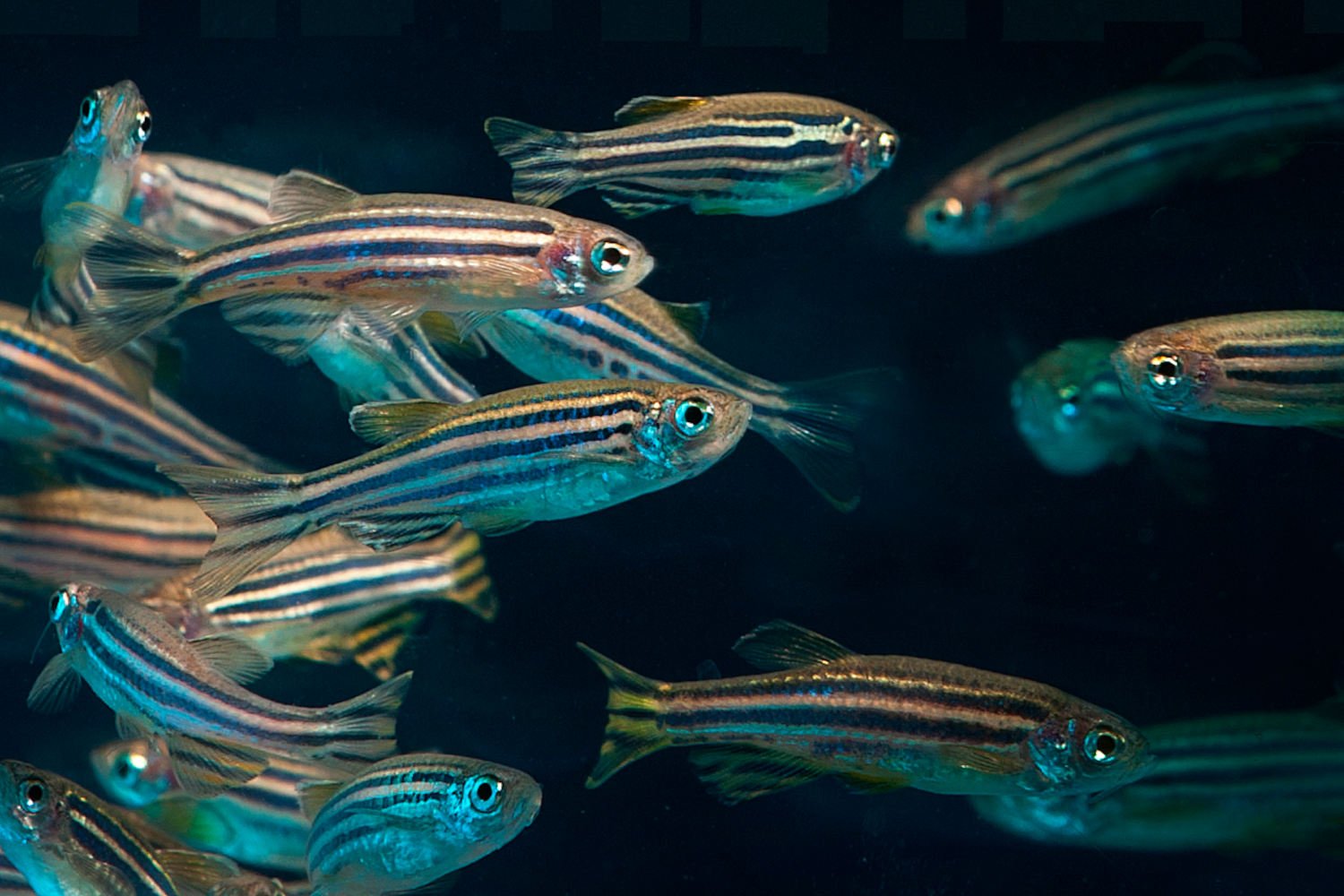
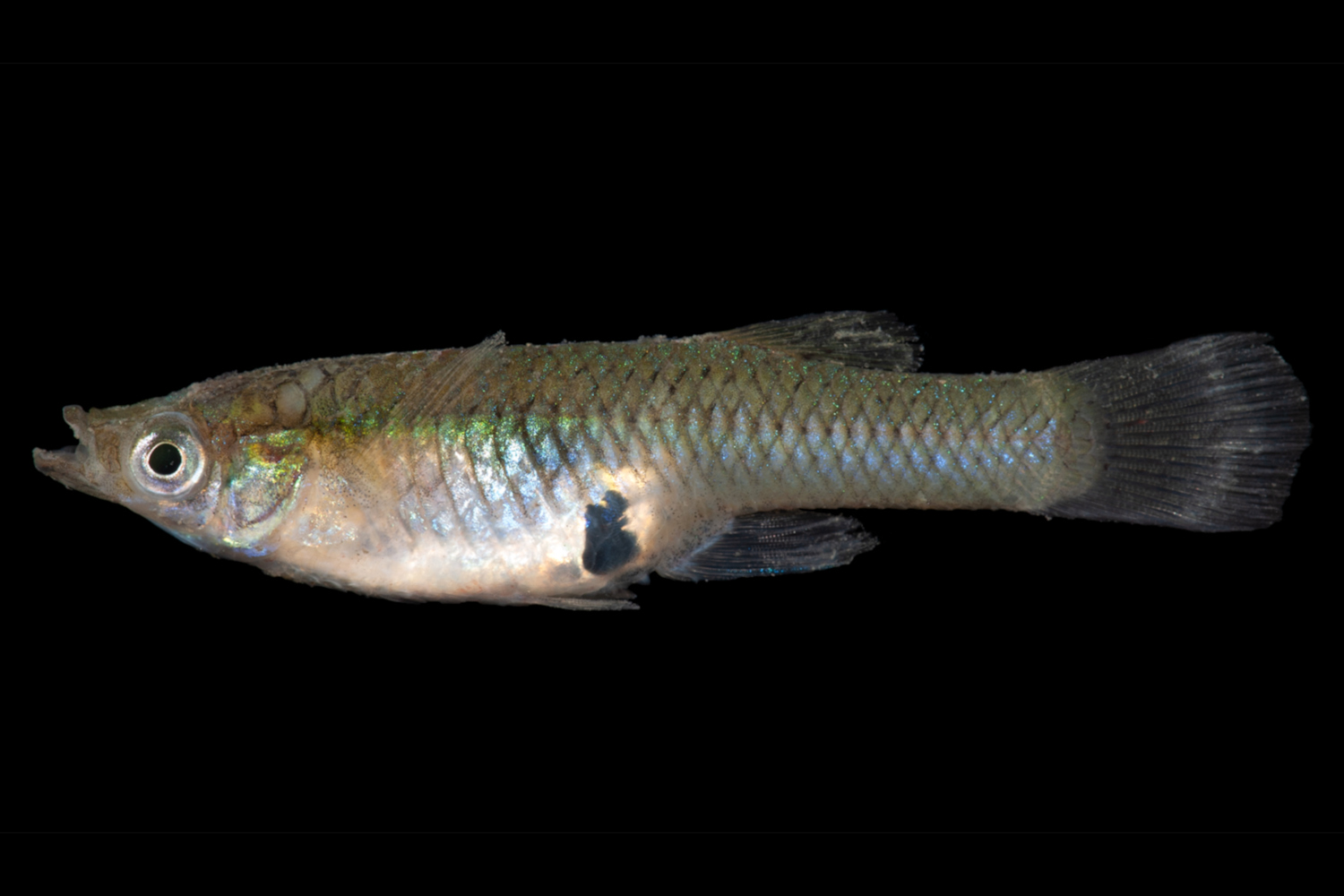
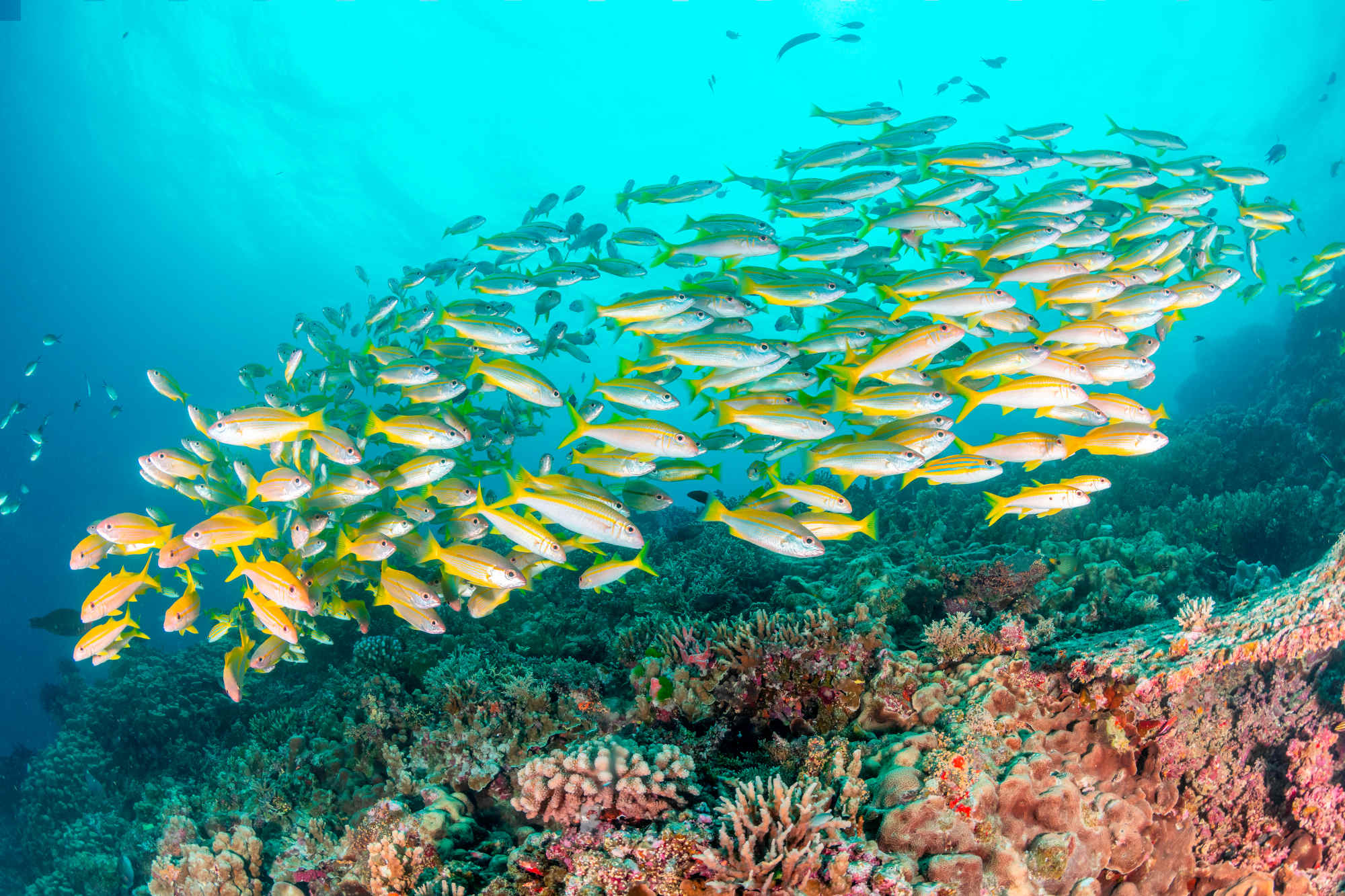
In the study, researchers worked with two groups of zebrafish embryos that they had rendered germ-free, functionally stripping them of microbes. Into the containers holding one group of embryos, the team immediately introduced water from a tank with full-grown zebrafish to give the disinfected population a microbiome. After a week, they did the same for the other group.
After yet another week, the researchers ran a series of experiments, putting two fish from the same group in neighboring tanks to see if they would swim alongside each other, a shoaling behavior previously identified.
The fish deprived of an early life microbiome spent much less time doing this behavior than those in the control group. Of the 54 control fish, nearly 80 percent spent their time near the divider between the tanks, compared to around 65 percent of the 67 in the other group. Exposure to microbes early in life is important for the development of social behavior, said Judith Eisen, a neuroscientist and one of the paper’s authors.
The researchers also looked at the brains of the fish using powerful microscopes. Normally, cells called microglia move from the gut to the brain early in the fishes’ lives, Eisen said, around the time their microbiome starts to develop. The fish that lived without microbiomes for a week, she and the team found, had fewer microglia in a particular brain region which has been previously linked to the shoaling behavior. In normal brains (including human ones), these cells perform synaptic pruning, which clears away weaker or less used connections.
Of course, the germ-free state of those zebrafish, Eisen said, would not exist in nature. However, some human pollutants like pesticides, microplastics, and metals like cadmium appear to alter fish microbiomes. Considering shoaling is often a protective behavior, a diminished shoaling response may cause problems in the wild. “If it doesn’t want to hang out with other fish — that might open it up to predation,” Eisen said.
An example of shoaling behavior in two zebrafish. The fish, which are placed in separate tanks, swim alongside each other and orient their bodies in a regular pattern when introduced for the first time.
Visual: University of Oregon/YouTube
Pollutants can impact behavior beyond shoaling, and saltwater ecosystems as well. In a 2020 study, researchers took Ambon damselfish larvae back to the lab and exposed some of them to microplastic beads. Then, they returned the young fish to different stretches of the Great Barrier reef — some of which were degraded and others that were still healthy — and observed how they acted. The team had also tagged the fish with tiny fluorescent tags, and returned to the reef several times over three days to check on their survival rate.
The fish that had been exposed to microplastics showed more risk-taking behavior and survived for less time before being preyed upon, according to the study. Nearly all the tagged fish that were exposed to microplastics and set free near dead reefs died after around 50 hours. Meanwhile, around 70 percent of unexposed fish released near living reefs survived past the 72-hour mark. According to the paper, while the health of the reef was a factor in risk behavior, fish exposed to the plastics had a survival rate six times lower than those not exposed to the compounds.
According to Alexandra Gulizia, one of the paper’s authors and a Ph.D. student at James Cook University, there needs to be more work looking into the components of plastics and how they affect fish. For instance, bisphenol-A, more commonly known as BPA, is a common additive to make plastics more flexible. It also appears in natural habitats and research suggests it can decrease aggression in fish. Gulizia added: “I think that we’re only just touching the surface of the chemical impacts that microplastics are having on fish and fish behavior.”
How this all plays out in the wild is hard to assess. Eisen noted that other factors that could impact the microbiome include nutrients in the water, water temperature, diet, and salt concentration. Another, perhaps more direct complication: Contaminants can appear simultaneously, and in different amounts, Petitjean said. For instance, one 2016 paper shows that 13 percent of 426 pollutants in European rivers have been shown to be neuroactive.
Another complication is simply that not all organisms will act the same — even within the same species. According to Eisen, model organisms, such as zebrafish, are chosen to represent a wide range of species, just as mice are often used to study human health in medical research. But changes to pollutants and other factors could differ from species to species. Bertram noted that using model organisms saves researchers the trouble of studying every single species, but also that there should be more studies into different fish.
At face value, some behavior changes might not even look that bad. Increased mating behavior — like in the case of guppies exposed to fluoxetine — could seem like a boon for the species. However, one species thriving over another tends to throw natural habitats out of whack, Bertram said. His previous work suggests that Prozac similarly increases invasive eastern mosquitofish mating behavior. This could help it thrive and outcompete native species. Additionally, at some concentrations, cadmium can increase fish activity, potentially helping them find food. However, the more they eat, Petitjean said, the more exposed they could be to microplastics.
Given these circumstances, he added, experiments in the lab need to inject as much complexity as possible into their methods to better replicate real, wild systems. Some research does try this. Bertram’s work showed the test guppies either a predatory or a similarly sized, non-predatory fish prior to their experiments, while Gulizia and her team performed parts of their experiment in the wild. Some studies also expose fish species to water taken from the environment — and the pollutants that come with it.
Despite the unknowns, Bertram said that changes to how fish go about socializing, mating, or finding food are unlikely to be good. “At the end of the day,” he continued, “any change to the expression of natural behaviors will have negative, unintended consequences.”










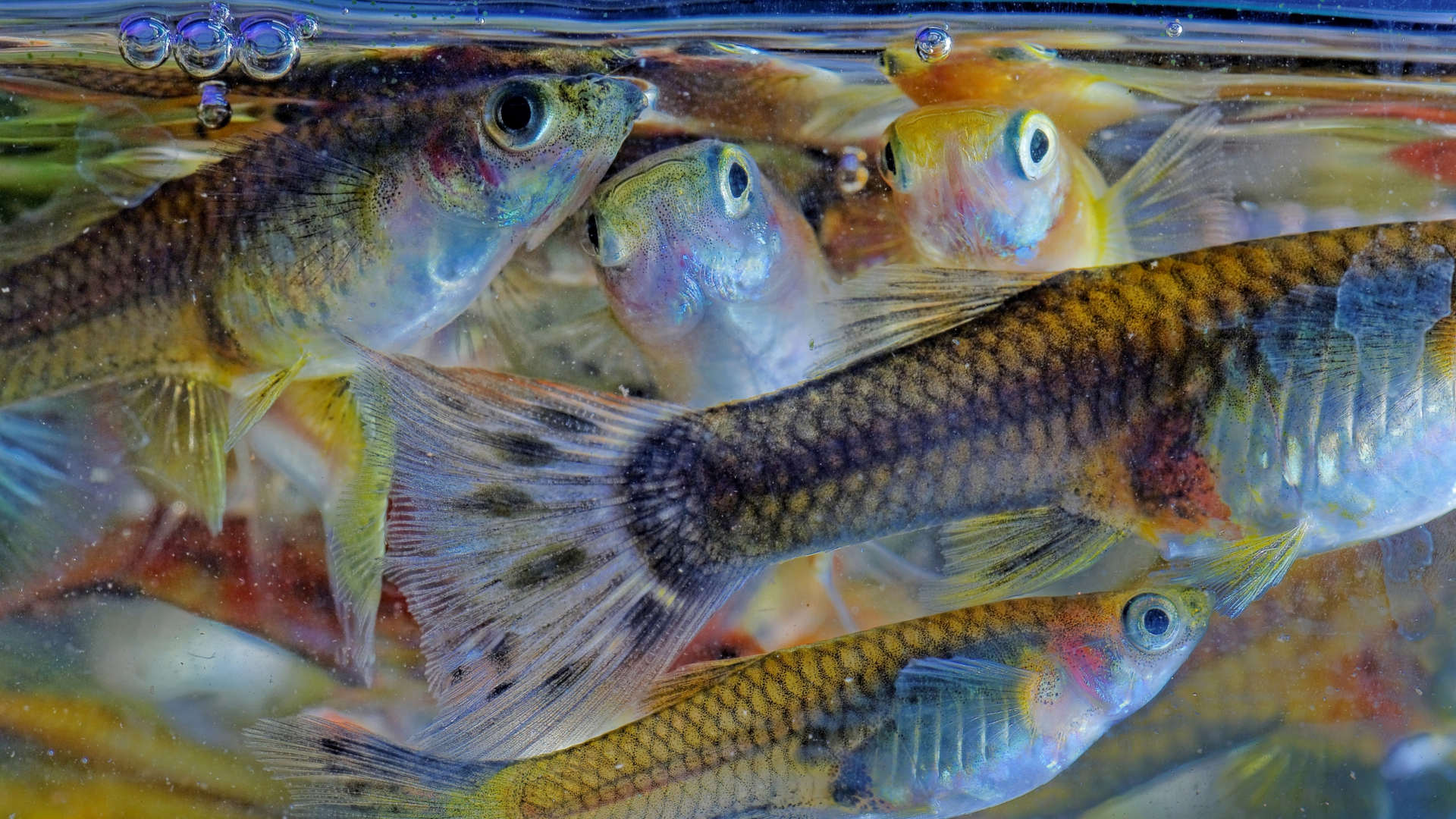
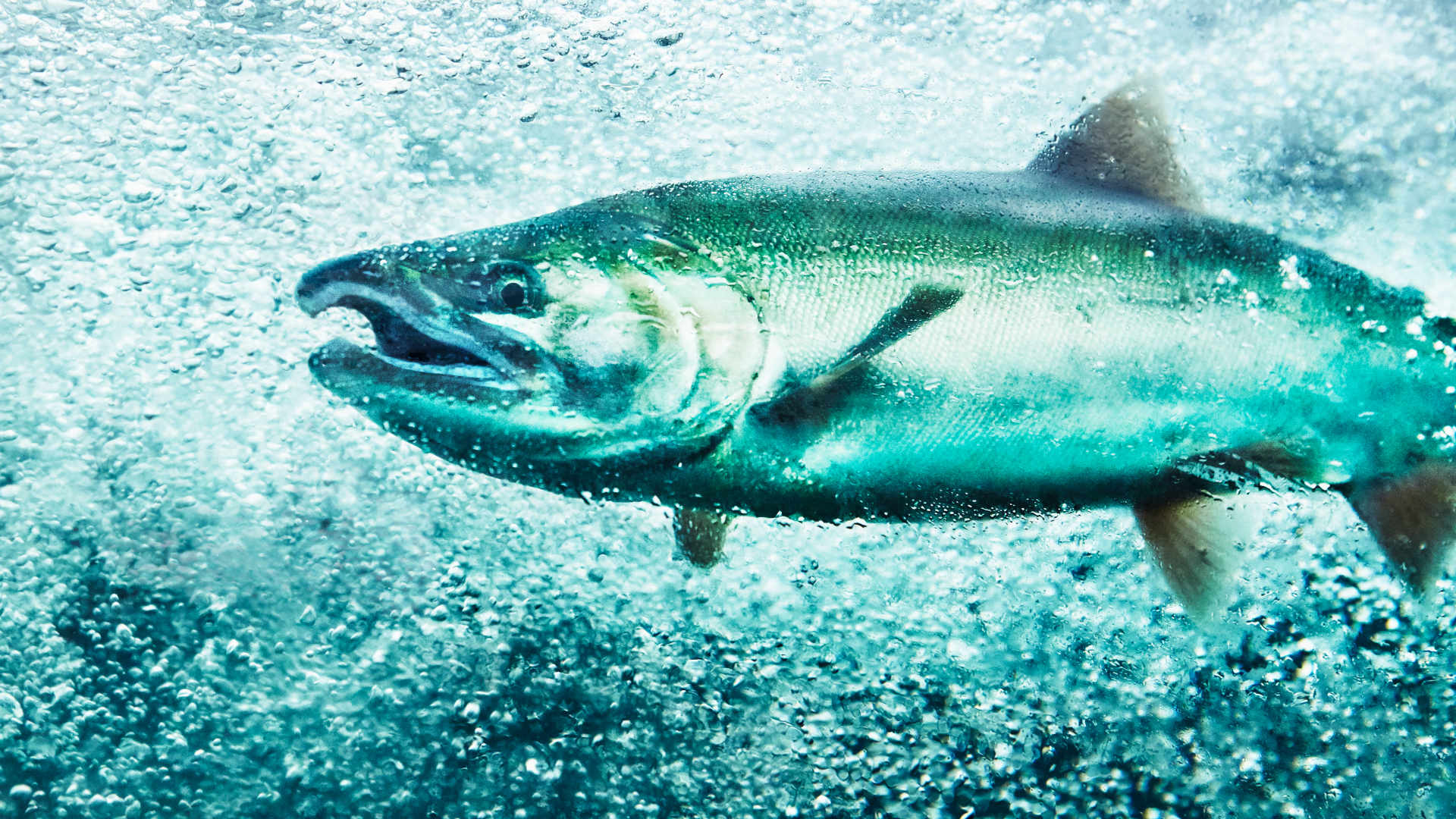
Comments are automatically closed one year after article publication. Archived comments are below.
Can we even tackle this problem before it grows and has an impact on human eating habits?
Can we still have time to save the planet or is to late? And what we can do even those big company continue contaminant our river and ocean . I’m worry thinking what Cain of Wold we are going to let to the next generation.